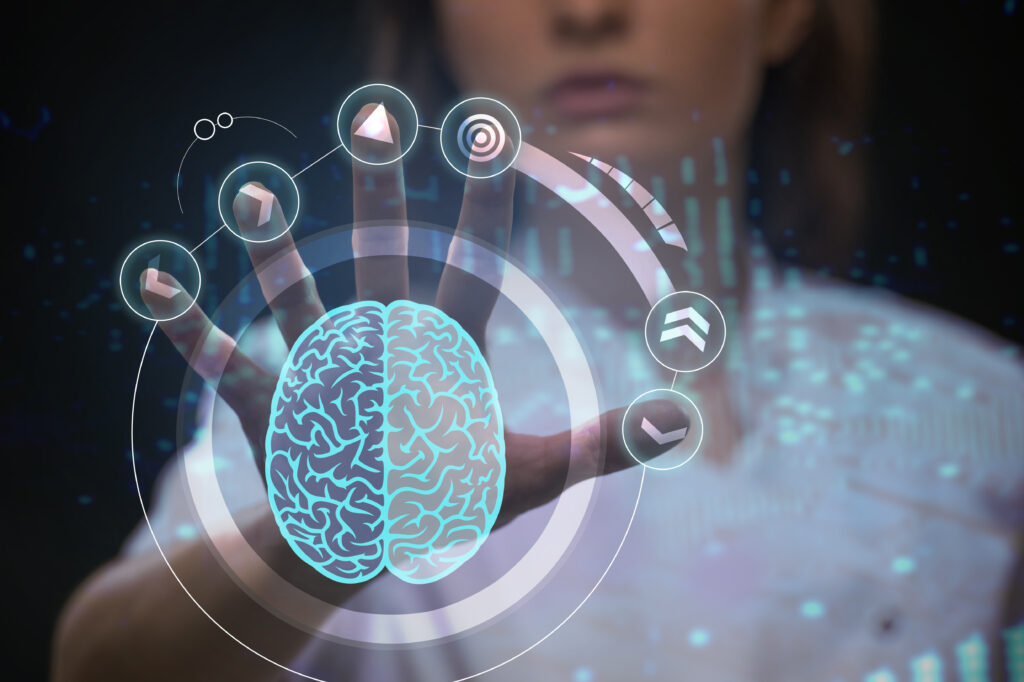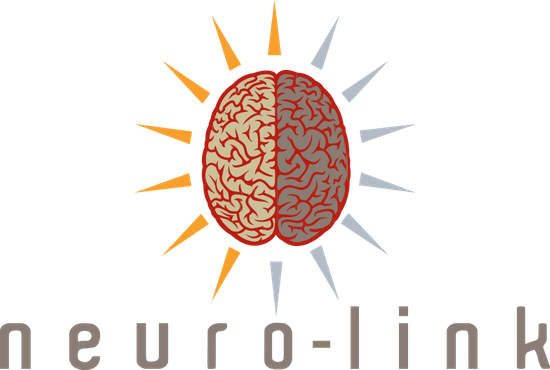Neuro Agility Profile® Toolbox for Children
An assessment of learners to help parents, teachers and therapists understand children's unique potential, how they learn, and which development opportunities need to be created for them to learn easier, and faster and obtain great learning results

The purpose of the NAP™ Toolbox for children is to:
- Improve their learning performance
- Identify and understand their neuro-design (how they are talented)
- Understand how they prefer to learn and think
- Align who they are (their Neuro Design / potential) with their subject and career choices
- Improve their learning results
- Measure their learning skills
- Optimize the drivers that impact their brain performance
- Improve their brain health
- Reduce stress and fatigue
- Reduce risk for mistakes and human error
- Increase confidence and happiness
- Accelerate learning
- Improve memory and concentration
What is the NAP™ Toolbox used for?
The Toolbox is used by parents and teachers to help children with:
- Potential identification
- Measuring learning skills
- Learning skills optimization (learning how to learn)
- Reducing risk for mistakes and human error
- Improving learning results
- Increasing concentration
- Mental agility improvement
- Brain fitness optimization
- Improving brain health and wellness
- Accelerating learning and thinking
- Reducing learning difficulties
- Improving memory
What is a NAP™ Toolbox assessment?
The NAP™ toolbox assessment is our flagship assessment to help children optimize their level of Neuro Agility and improve their learning performance and results. It measures 13 brain-mind elements of primary importance to identify the learner’s brain potential, brain health, brain fitness, mental flexibility, and potential risk of human errors and mistakes. The NAP™ Toolbox is an assessment used to increase the ease, speed, and flexibility with which students learn, think, and process information. It is frequently used by parents teachers, and therapists to develop high-performing, agile learners. Ultimately, this assessment helps students to identify their potential, minimize learning challenges, and improve learning results.
Doing a NAP™ Toolbox provides valuable answers to questions like:
- What is the learner’s brain potential and how can it be developed further?
- Who am I raising? How is my child talented? How does my child prefer to learn?
- Is there alignment between my child’s potential and the subject and career choices we make?
- What does my child’s overall brain fitness look like?
- What does my child’s brain health look like? How can I improve it?
- How can I help my child obtain better learning results?
- How can I help my child think, learn, and solve problems faster and easier?
- How do stress and fatigue impact my child’s brain performance?
- How can I help my child cope with stress and fatigue?
- How can I improve my child’s mental flexibility?
- What is my child’s potential risk for errors and mistakes during stress?
- What can I do to help my child reduce their potential risk for errors and mistakes during stress?
Who will benefit from the NAP™ Toolbox assessment?
Children between the ages of 11 to 16.
Elements Evaluated in the NAP™ Toolbox
The NAP™ Toolbox measures 13 brain-mind elements that influence the ease, speed, and flexibility with which children learn, think, and processes information.
7 Brain-Mind Elements of Neurological Design:
- Relative / functional lateral preferences
- Expressive – receptive preferences
- Figurative thinking and learning languages – brain quadrants
- Rational – emotional preferences
- Brain and sensory information processing preferences
- Multiple intelligence preferences
- Sensory learning preferences
- Neuro-design flexibility dashboard

Features:
- Face-to-face assessment of 180 easy online questions (45-60 minutes to complete)
- 32-page online report illustrating 13 elements of Neuro Agility and offering suggestions to optimize your Neuro Agility
- Action plan to improve Neuro Agility
- Automated debriefing video
- Post-evaluation 6-12 months later
- Translated into various languages
Benefits for parents, teachers and learners doing a Toolbox assessment:
- Understand their amazing neurological design
- Accurate awareness of their unique potential
- Understand how they are talented/smart
- Align their Neuro Design with their subject and career choices
- Increase their mental flexibility
- Agile thinking and accelerated learning
- Optimize their overall brain fitness
- Strengthen their brain health
- Accelerate brain power skills like complex problem solving and critical – creative thinking
- Cope with stress and fatigue more effectively
- Reduce their risk for mistakes and human error
- Measure and develop learning-how-to-learn skills
- Better learning results
- Improve their confidence
- Increase concentration
- Improve memory

6 Drivers that Optimize Brain Performance:
- Brain agility
- Stress coping skills
- Brain ergonomics
- Learning skills
- Mindset/attitude
- Brain food
- Overall brain fitness dashboard
- Neuro Agility dashboard






